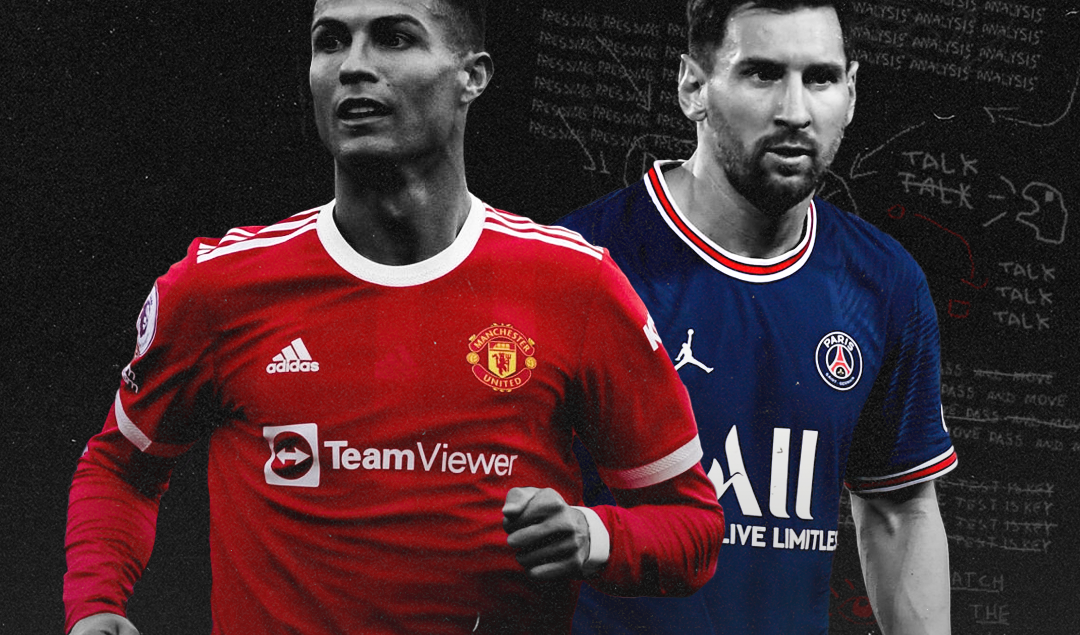Why the GOAT Debate is the Lowest Form of Football Analysis
If you asked people in the 1930s who the best footballer ever is, Leandro Andrade’s name would probably have come up quite a lot. The situation is similar with Ferenc Puskas, Michel Platini, Pele, Diego Maradona, Johan Cruyff or Lionel Messi. However, what most people would have been able to do up until recently is acknowledge the brilliance of others, even if they were not their favorite. If you were to make the argument that Cruyff was the greatest of all time because of the way he influenced football on and off the pitch an army of fanboys will descend upon you with pitchforks sharpened and torches lit, to tell you your ball knowledge is negative five, despite their main source of football being highlights and memes.
Alternatively, if you mention the names of Pele and Maradona people will say that it was too long ago and football is now better and therefore their favourite is better. This is, however, the fallacy of their argument. Football is better nowadays, true, which means the opposition is better, but what people forget is that everything around the players is better as well. They play on pristine pitches, they get trained and regimented to within an inch of their lives, they have near-perfect nutrition, the sports medicine keeping them fit is cutting edge and the game itself is regulated and standardized.
In the past, a player, brilliant as he was had to navigate lesser opposition, true, but his tools were lesser than today’s ones as well. Everything from boots, pitches and balls to injury recovery was worse. Facilities and travel were not as advanced, nutrition consisted of whatever you had in the fridge and playboy lifestyle was commonplace. Imagine Messi trying to make his way to the opposition goal on a soggy pitch in the freezing rain with the fatty stew he ate before the game bouncing around his stomach, avoiding knee-high tackles and refereeing mistakes.
The Teams That Competed in Europe Whilst Playing in Lower Leagues
Then of course, after the game, the customary smoke and can of beer would constitute his after-match care. The most classic example can be found with Marco van Basten, who scored 219 goals in 281 games at the club level in a career that ended at 28, when players enter their prime nowadays. At that age, he had three Ballon D’ors, just two less than Messi and one more than Ronaldo. Just imagine how his career would have panned out with modern medicine on his side and increased protection from the referees. Furthermore, individual awards like the unofficial goat and various accolades are pretty much pointless in a team sport.
People remember Alfredo Di Stefano, and rightly so, but he did play in the best team in the world at the time. With limited scouting, one can imagine that other players of a similar caliber and talent level simply went unnoticed and had normal careers in average teams, especially as club loyalty was much more commonplace back then. Footballers don’t exist in bubbles and comparing a flawed and chaotic Maradona with a near robot like Messi feels unfair, seeing as Messi played for one of the most dominant teams in the world, whereas Maradona decided to go to Napoli. Ultimately, whether you agree or not, the beauty of football is not in telling your mates your favourite player IS better than theirs, it is in the game itself, played by a team.
By: Eduard Holdis / @He_Ftbl
Featured Image: @GabFoligno / Ash Donelon – Man United / Aurelien Meunier – PSG
